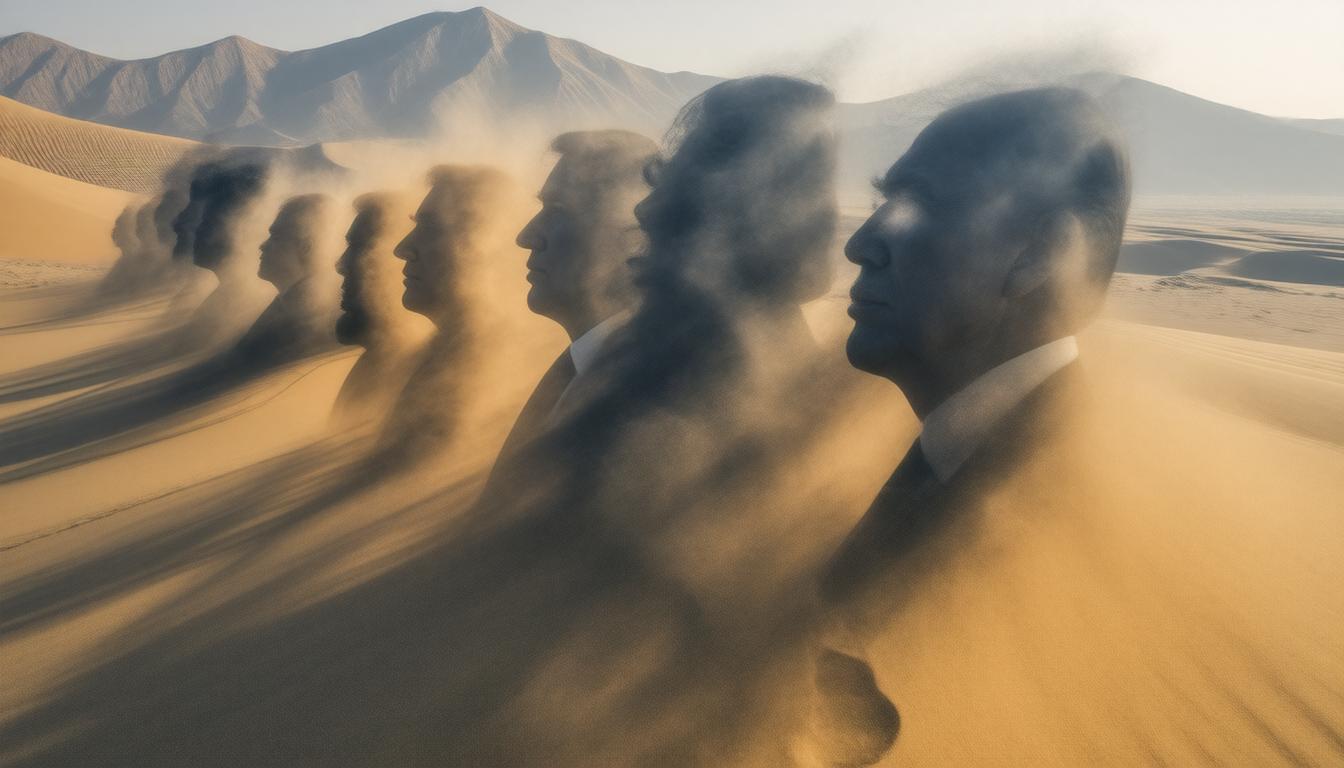Since Donald Trump emerged as a formidable political force, the landscape of American politics has dramatically transformed.
This article explores this shift in political dynamics, focusing on how Trump’s populist approach has blurred traditional party lines, leaving behind the clearly defined Republican and Democratic identities of the past.
By examining the pre-Trump political framework and the subsequent changes during and following his election campaigns in 2016, 2020, and 2024, we uncover how political allegiances have shifted, leading to an era characterized more by conflict and less by the historical distinctions between the two major parties.
In doing so, we reflect on the implications for the future of American democracy and the challenges it poses for consumers and voters trying to navigate this new political territory.
Key Takeaways
- Trump’s rise has blurred traditional party lines in American politics.
- The 2012 election marked the end of the established political order, leading to new dynamics.
- Populist conservatism has reshaped party identities and created ongoing conflicts between major parties.
The Pre-Trump Political Landscape: Unpacking Traditional Party Lines
The emergence of Donald Trump as a political force has undeniably reshaped the American political landscape, particularly through his three election campaigns in 2016, 2020, and the ongoing 2024 race.
Prior to Trump’s rise, the political scene was characterized by distinct party identities: Republicans were seen as the party of fiscal conservatism, often aligned with the religious right, while Democrats typically represented the interests of the working class and liberal agendas.
The 2012 presidential election, featuring Barack Obama and Mitt Romney, is frequently cited as a pivotal moment that many believed would herald an era of renewed Democratic dominance.
However, in retrospect, it marked an ending rather than a beginning, signaling the twilight of the traditional political order.
Trump’s brand of conservative populism has fractured these long-standing norms, giving rise to conflict dynamics that have transcended previous ideological divides.
This era is now defined by a blend of allegiances, where issues once viewed as central to party platforms are overshadowed by a broader, more turbulent political discourse.
As global challenges and domestic issues interweave, today’s political environment may perplex those who have relied on prior patterns and alliances, highlighting an urgent need for consumers to understand the evolving nature of American politics and its implications for future governance.
Trump’s Populism: A Catalyst for Change in American Political Norms
One of the most significant consequences of Trump’s populism is the redefined relationship between voters and political leaders.
Traditional expectations of political decorum and civility have been challenged, resulting in a more polarized electorate.
Voters are increasingly drawn to candidates who resonate with their personal values and experiences rather than strict party lines.
This shift has empowered grassroots movements and independent candidates, who often emerge from disenfranchised segments of the population seeking a voice in a system they deem unresponsive.
As a result, the political landscape now features a more eclectic mix of ideologies, where compromise is less frequent and lines of dialogue are fraught with tension.
This evolutionary process has cascading effects on policy-making, political campaigning, and voter engagement, providing a framework for understanding the complexities of current political dynamics.
Observers of the American political scene must grapple with these changes as they seek to navigate their civic responsibilities in a rapidly evolving democracy.











